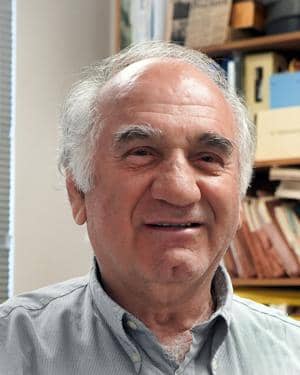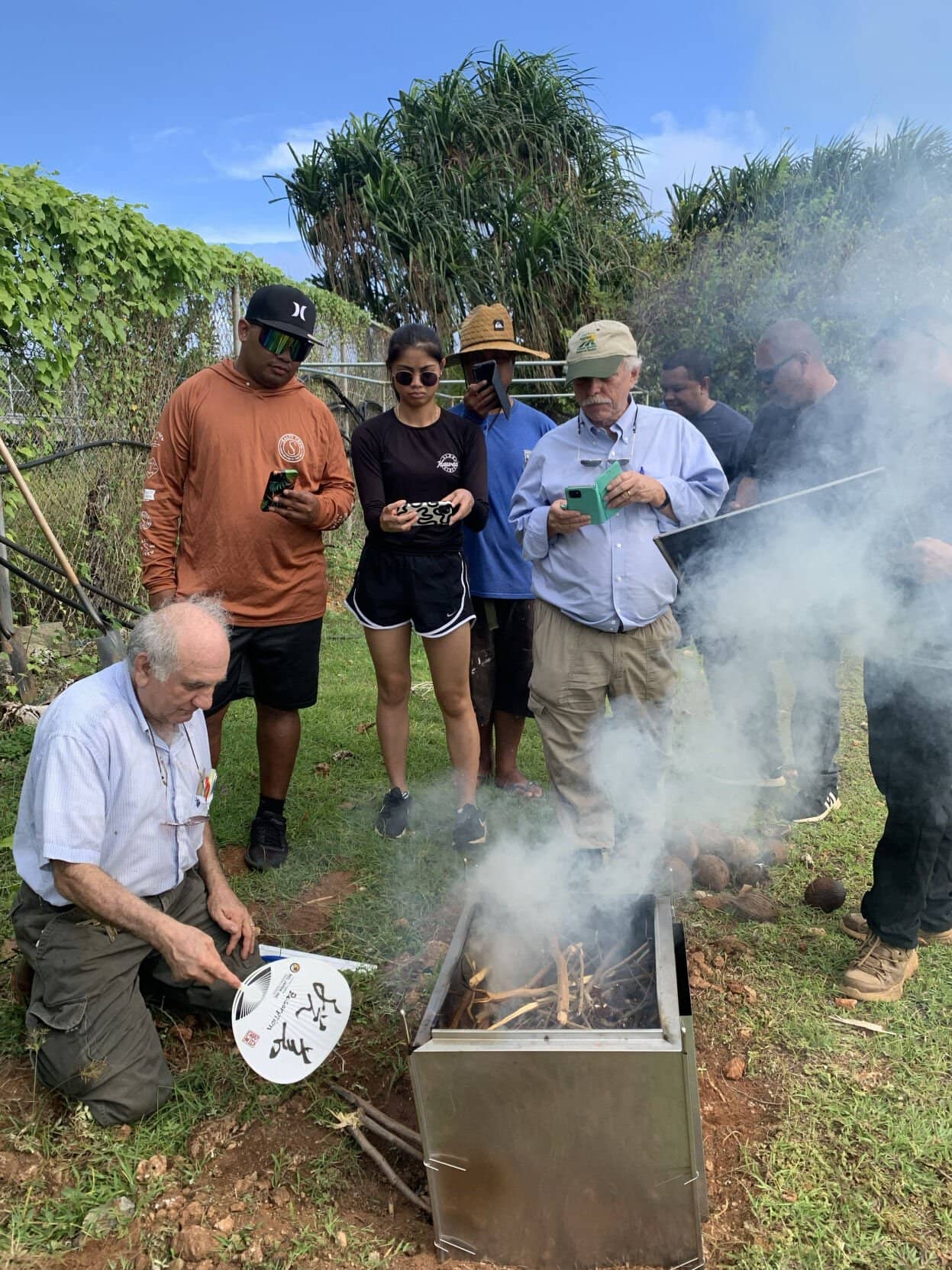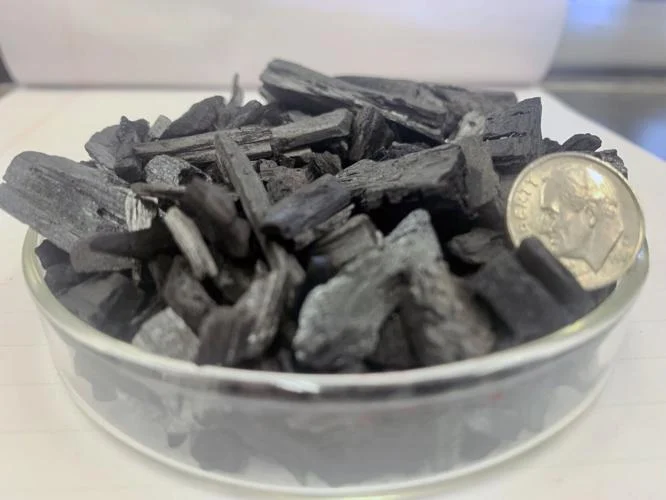UOG Horizons: Knowledge for Life: Biochar Benefits Planet, Farmers
UOG Horizons: Knowledge for Life: Biochar Benefits Planet, Farmers
UOG Horizons: Knowledge for Life: Biochar Benefits Planet, Farmers
2/17/2025

Carbon dioxide, as well as methane gas, are among the major greenhouse gases causing global warming. In addition to the burning of fossil fuels, it may come as a surprise to some that a major source of these gases globally is the agricultural sector - and not just from livestock, but from the tilling and working of the soil. The soil is a silent, less-talked-about source of CO2 emissions - and methane gas, nitrous oxides and other gases as well.
Soil: A silent source of carbon dioxide
Soil is a very dynamic component of the environment, with millions of microbes living in a unit of soil at any time. The microbes produce large amounts of carbon dioxide under drier (aerobic) conditions that can potentially be emitted into the atmosphere each time the soil is disturbed by tilling, plowing, and/or other disturbances, such as off-roading.
At the same time, under the saturated conditions following a major rain event, millions of anaerobic microbes take over and generate tons of methane gas that can potentially be emitted into the atmosphere instantly. In fact, rice paddies all over Asia are a major source of methane gas emissions for this reason. Every time a rice farmer in Asia floods a field before planting the rice seedlings, the saturated condition creates an anaerobic environment, which then emits huge amounts of methane gas.
Carbon capturing with biochar
The good news is that both carbon dioxide and methane gas coming off the soil can be controlled and reduced to a minimum with simple techniques. Carbon dioxide can be captured by plants through the photosynthesis processes. Yes, we can capture the bulk of the carbon dioxide released from the soil by planting trees and other vegetative plants. The plants act as a “sink,” capturing the emitted carbon dioxide in their leaves through photosynthesis, and then they convert it into protein.
Additionally, we now have the knowledge to store a large portion of the carbon in the soil through a process called carbon sequestration, thus reducing its transformation into CO2. This is done by applying a substance known as biochar.
Biochar is simply a carbonized material made when some form of biomass, such as wood chips, plant residue, or agricultural waste, is combusted in the absence of oxygen through a process called pyrolysis. Biochar can be made from any organic matter that can be burned and can then be turned into a valuable carbon-capturing byproduct. Coconut trees that are infested with rhino beetle, is one example, or any green waste.
When applied to agricultural fields, biochar not only sequesters a large amount of carbon, but it also rehabilitates degraded soils - which we have in both southern and northern Guam. With the proper instrumentation and procedures, pyrolysis can also produce bio-oil. Bio-oil can be used as an alternative to gasoline to run generators and produce electricity.
Using and producing biochar on Guam’s farms
While the agricultural operations on the Micronesian Islands are far from the largest contributors of soil carbon emissions, using biochar can be beneficial on the islands by making productive use of wood, plant and agricultural waste that would not otherwise be used. It can benefit the farmers by enhancing their soil quality and crop yield, and it could go a long way in improving food security, benefiting all island residents. (Read our technical report comparing the impact of biochar, compost and fertilizer on soil and crop yield at https://www.uog.edu/_resources/files/wptrc/2023-dec-wptrc-golabi-technical-report-biochar.pdf.)
Here at the University of Guam, our research team, led by Dr. Romina King and me, has received a major grant from the U.S. Department of Agriculture’s Partnerships for Climate-Smart Commodities Project. The focus of the project is to use biochar and related practices to reduce carbon dioxide emissions. We are conducting the experiment on our agricultural research stations and on local farms. We have found thus far that the land application of biochar increases crop productivity while reducing the carbon dioxide emission into the atmosphere.
We have developed a pyrolysis unit using a 400-cubic-foot kiln at the UOG research station to produce biochar. We then distribute the biochar to the local farmers participating in the Climate-Smart Commodities Project, while also providing them the opportunity to learn about the process and how to make their own kilns on a smaller scale.
Additionally, we plan to hold a workshop next month to demonstrate how to make and use biochar for all who are interested. Stay tuned to @uogextension on Facebook or Instagram for the official announcement, or sign up for our mailing list at url.uog.edu/subscribe-extension.
In conclusion, though reducing man-made carbon dioxide sources and the burning of fossil fuels are essential to combating climate change, we also need to think seriously and quickly about how to make agricultural practices more climate-conscious. Our islands in the Pacific, though small, can contribute to this effort through the use of biochar - and can reap the benefits of better soil health and crop production at the same time.
UOG Horizons is a weekly column on agriculture, food, nutrition, health and wellness and natural resources written by faculty from the University of Guam School of Health and from UOG's Land Grant extension service and research center.
Mohammad H. Golabi is a professor of soil and environmental sciences at the College of Natural and Applied Sciences at the University of Guam and is a soil scientist for the research arm of the UOG Land Grant. He can be reached at mgolabi@triton.uog.edu.


